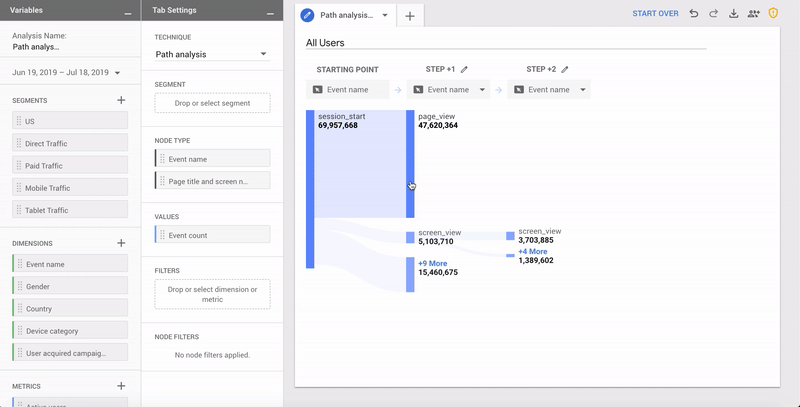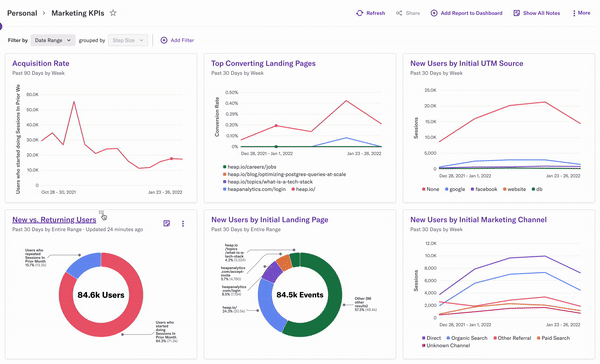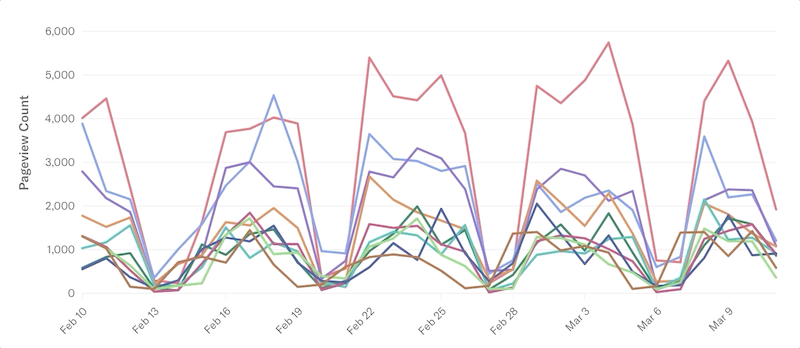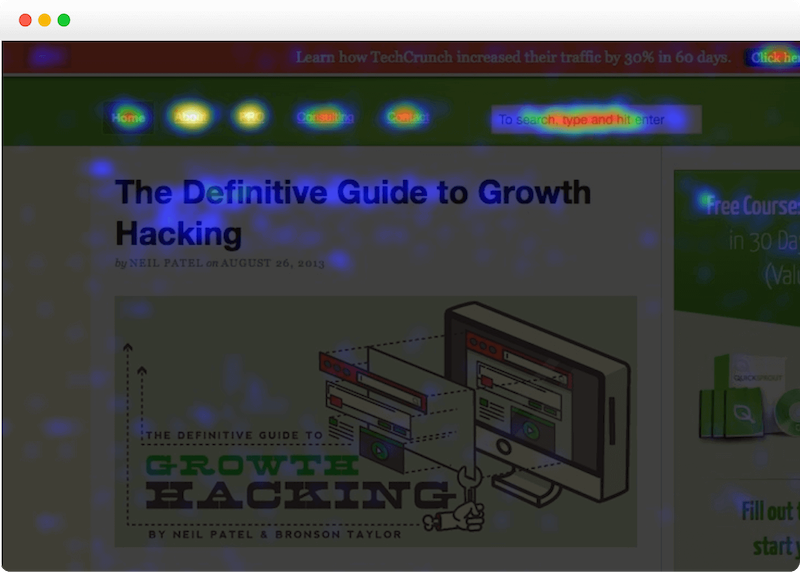Companies spend millions of dollars on collecting and analyzing data with many different analytics tools. However, when it comes to actually using that data in actionable ways, they are not always successful.
In 2022 17.8% of the average marketing budget will be allocated to marketing data, consumer insights, and analytics tools. There are amazing tools that can be used to dig answers out of big data, but be thoughtful about the types of questions you're going to ask. Before picking tools and sending your analyst on a treasure hunt with no map, begin by answering these business questions to ensure your analyst brings back gold.
Who Are The Most Profitable Customers?
Digging through data to identify the most profitable customers can be an excellent way to find new revenue streams and improve customer satisfaction. Identifying your profitable customers is important because it will help your potential target markets and develop strategies that will help you reach them.
Start with math. To find customer profitability take gross revenue and subtract the cost of goods (or services) sold and the additional costs to this customer. What remains is the profit margin for a customer.
Customer Total Spending - Costs of Services = Profitability
In order to determine if a client is truly profitable, many different factors must be taken into consideration when figuring out costs of services. Including the cost of sales efforts, commissions paid on the revenue generated by the customer, and the wages, time, and equipment expended in maintaining customer service and support. Once you figure out the profitability, its time to organize and take a look and see how the 80% 20% rule applies to customer challenges:
The Pareto Principle is very simple. It is named after Italian economist Vilfredo Pareto. In 1906, Pareto found that 80% of the land in Italy was owned by 20% of the population.
What is most important about Pareto's finding was that this 80/20 distribution occurs extremely frequently.
Examples of the Pareto Principle applying to business:
- 80% of your profit will come from 20% of your customers.
- 20% of your customers will consume 80% of your energy.
- 80% of complaints come from 20% of your customers.
Is There A Difference Between Profitable Customers?
A frequent mistake that small-business owners make is believing that growing a company is about just adding customers. That's not true—it's really about adding profitable customers.
What sets revenue-generating customers from the average customer? The question is about identifying different types of customers and how profitable they are. We want to know if there is a difference in the profitability of different groups of customers. For example, is there a group of small businesses more profitable than another group of enterprise clients with a lot of additional support and needs? Or do some large enterprises have better margins than other enterprises? An Analyst should begin by segmenting your customers.
Customer segmentation is dividing your customers up based on common characteristics – such as demographics. Segmenting helps market to those customers more effectively.
List out their characteristics:
- Job titles
- Personality traits
- Demographics
- Industries
What other companies have your customers worked with in the past (or are they currently working with)? How long have they been using your product/service? Have they purchased all products from you or other vendors as well? How much were their purchases worth in dollars and cents (estimated value)?
The more information you have about each person in your database or can be added to a simple spreadsheet, the better able you'll tailor your marketing efforts to meet their needs and keep them coming back for more.
What New Customers Are Going Profitable? How Much Revenue Should I Expect To Generate?
Once you've identified what makes a good profitable customer from your current customer list, it's time to use that data to profile like an FBI agent.
What are the defining attributes of an organization that benefits from your product? You want to know:
- Size, location, and type of business
- The technology they are already using
- How they think about buying in your space
- Challenges their industry is currently facing
Once you detail that out, you want to think about the individuals within the enterprise who are part of the purchasing process.
- What pains do they have that you're going to solve?
- What gains do they get when you've worked your magic?
- What will keep them from making a purchase?
- Do they need approval from someone else?
- Detail out their pains and gains too.
Dig into your customer list to find other individuals who share those characteristics and then develop strategies to reach them. These new customers are not in your current database, but now you know they could be potential leads based on their behavior or demographics to maximize profitability.
How Much Revenue Can You Predict From New Customers?
These answers are in your historical data, which can be applied to and predict profitability.
There are more analytics tools you can use to capture specific user paths, integrate with your CRM, and really start to dial in the marketing funnel that delivers the type of customers you can provide the most value to. Hubspot was an early leader in this type of reporting, but also check out:
Google Analytics 3, for example, has some great features for getting a high-level picture of how much revenue you're generating from your website. It's (as of 2022) mostly focused on high-level anonymized data. It's a great tool to use when wondering "how many people visited this page, and where did they go next." It's not as powerful when asking "what was the path that this specific ideal customer took to find us."
Google Analytics 4 (GA4), Is totally new and rethrought out. GA4 Collects website data to better understand the customer journey, instead of pageview data. The new path analysis report visualizes the actions users take between the steps within a funnel. This is a new approach compared to pageview and traffic data.

Heap Analytics Heap collects data on your customers - automatically. What they click. Where they go. What they do. The reporting dashboards and charts are easy to build. You can check how long it takes users to convert in Heap, See who is using a feature and how it's being used.


Crazy Egg is the pioneer in heatmap reporting. The heatmap reports allow you to learn how people are interacting with your site. Allows you to know what users what more of and helps diagnose communication challenges.

Conclusion
Data Science is an art just as much as it is a science with a well-defined process of finding information. Creativity comes into play after the relevant information is gathered.
Most businesses don't have a clear picture of the answers to these questions, and wherever analytics projects start, if you want to generate more revenue from your existing customers, you'll need to start by asking tough questions about who your customers are and how much they're worth to you.
Sources
